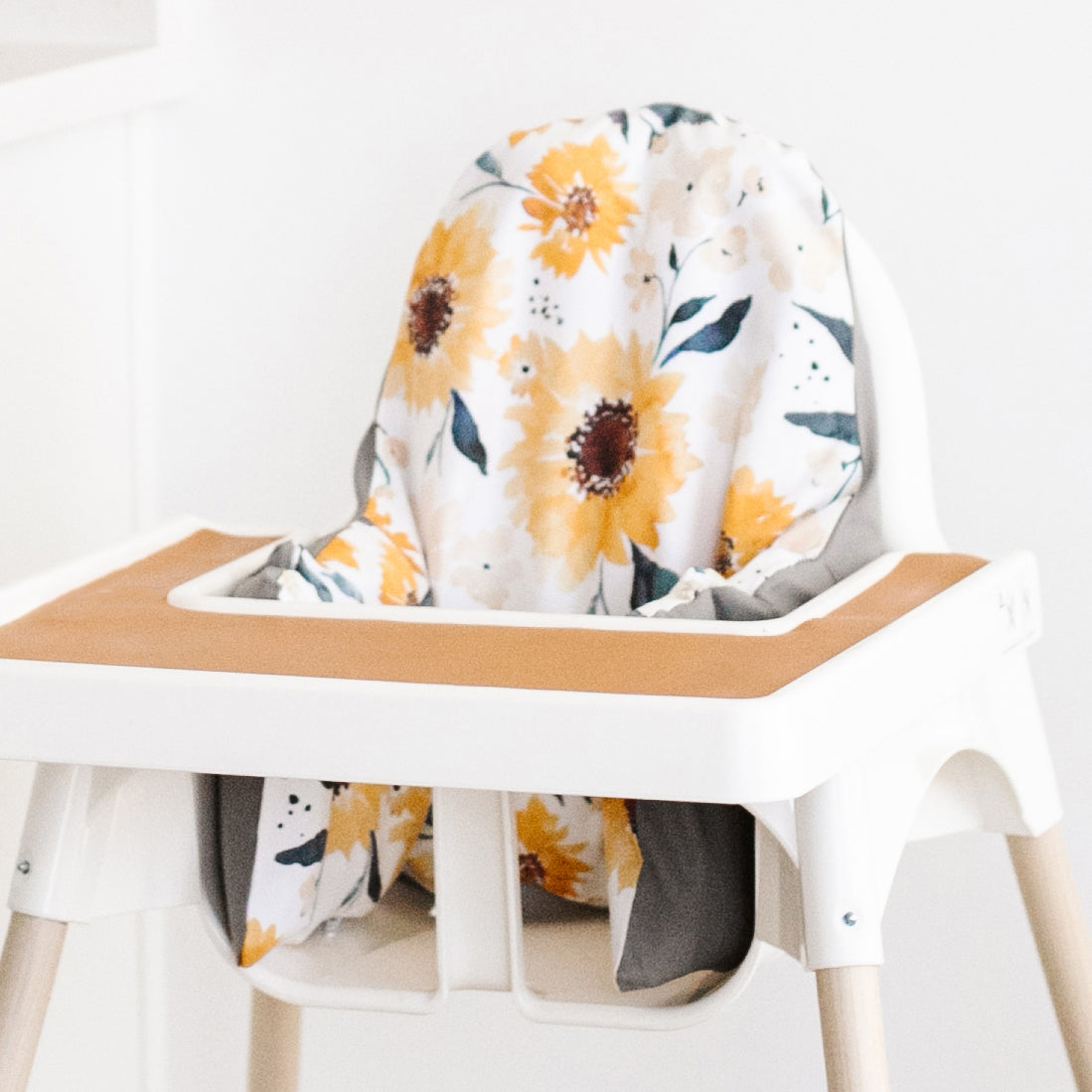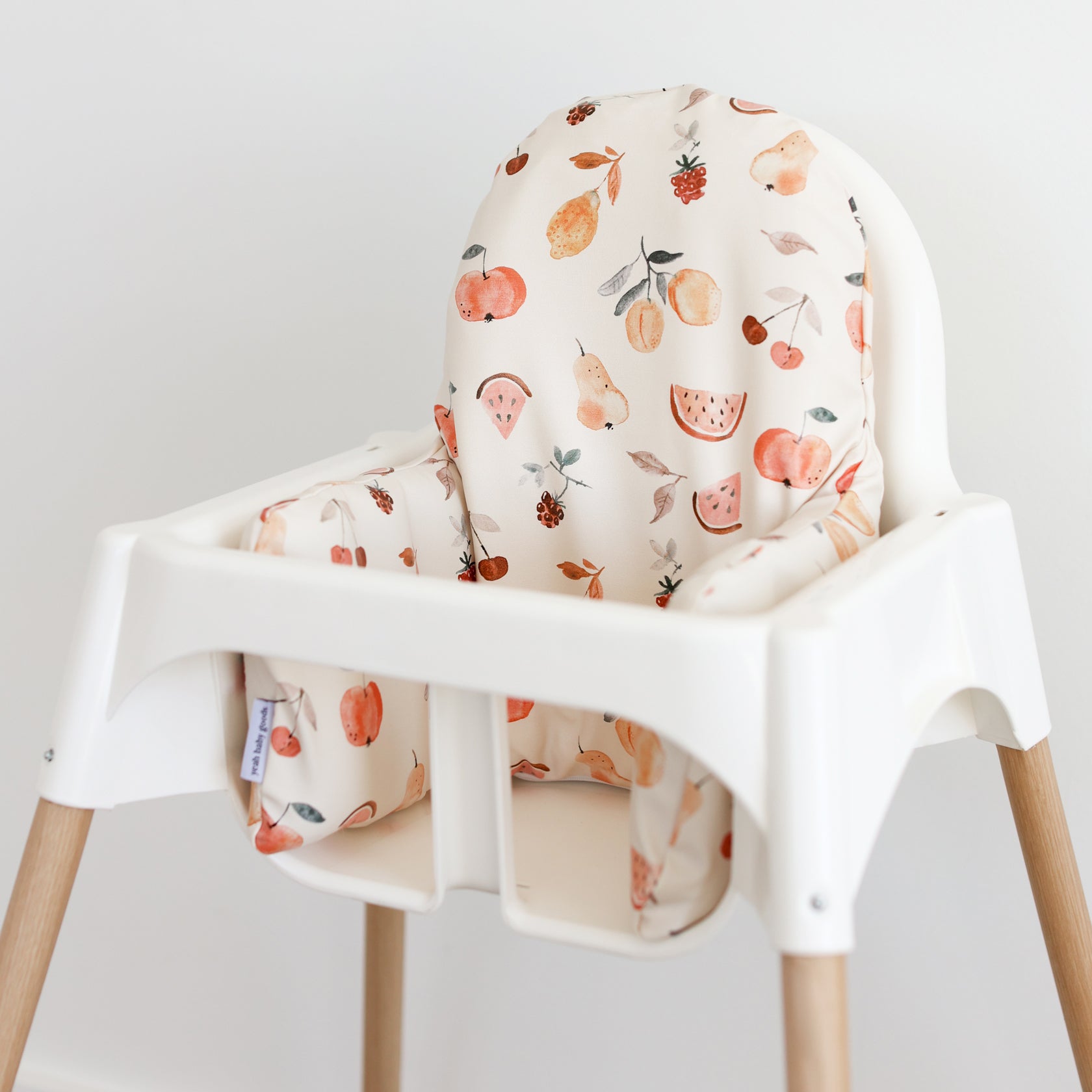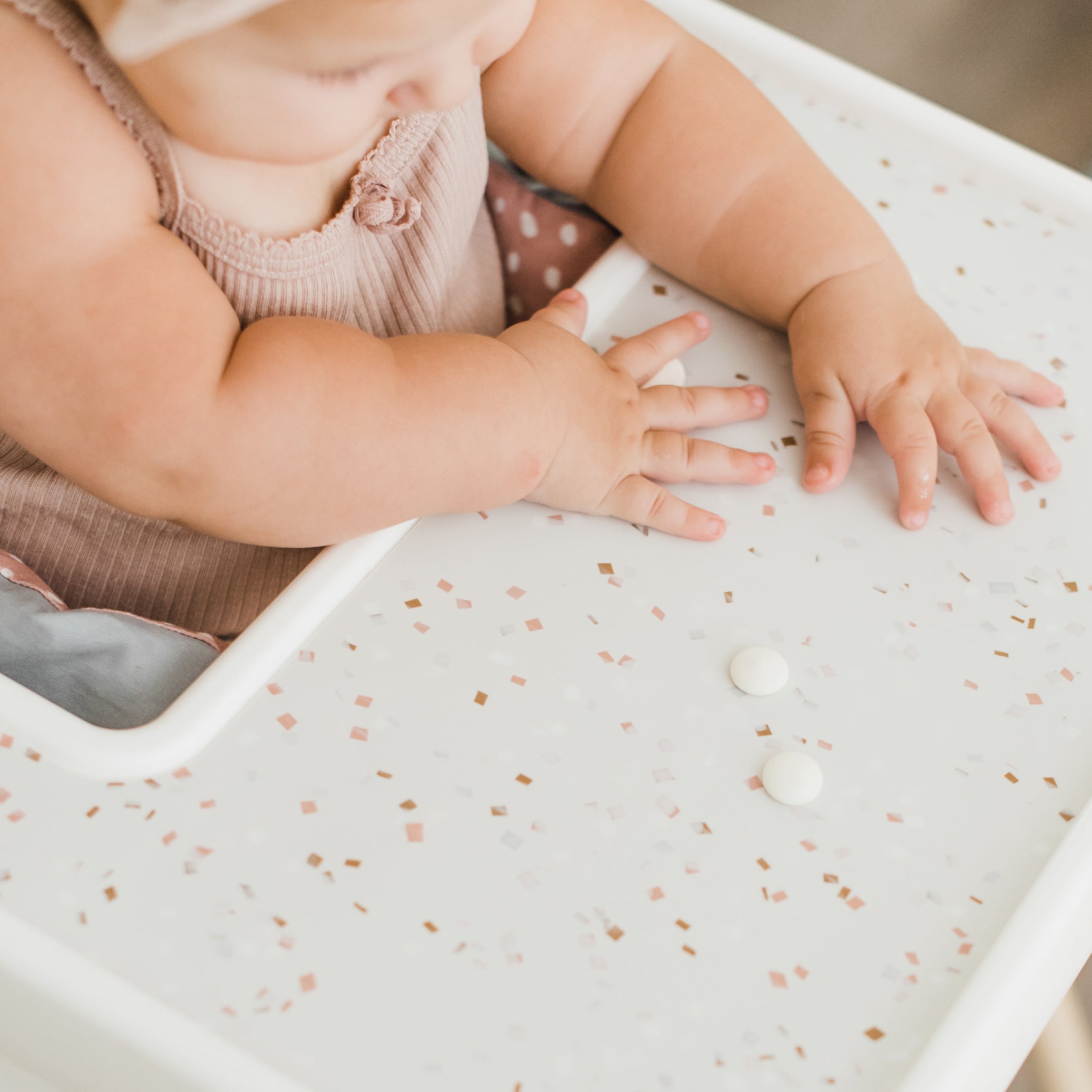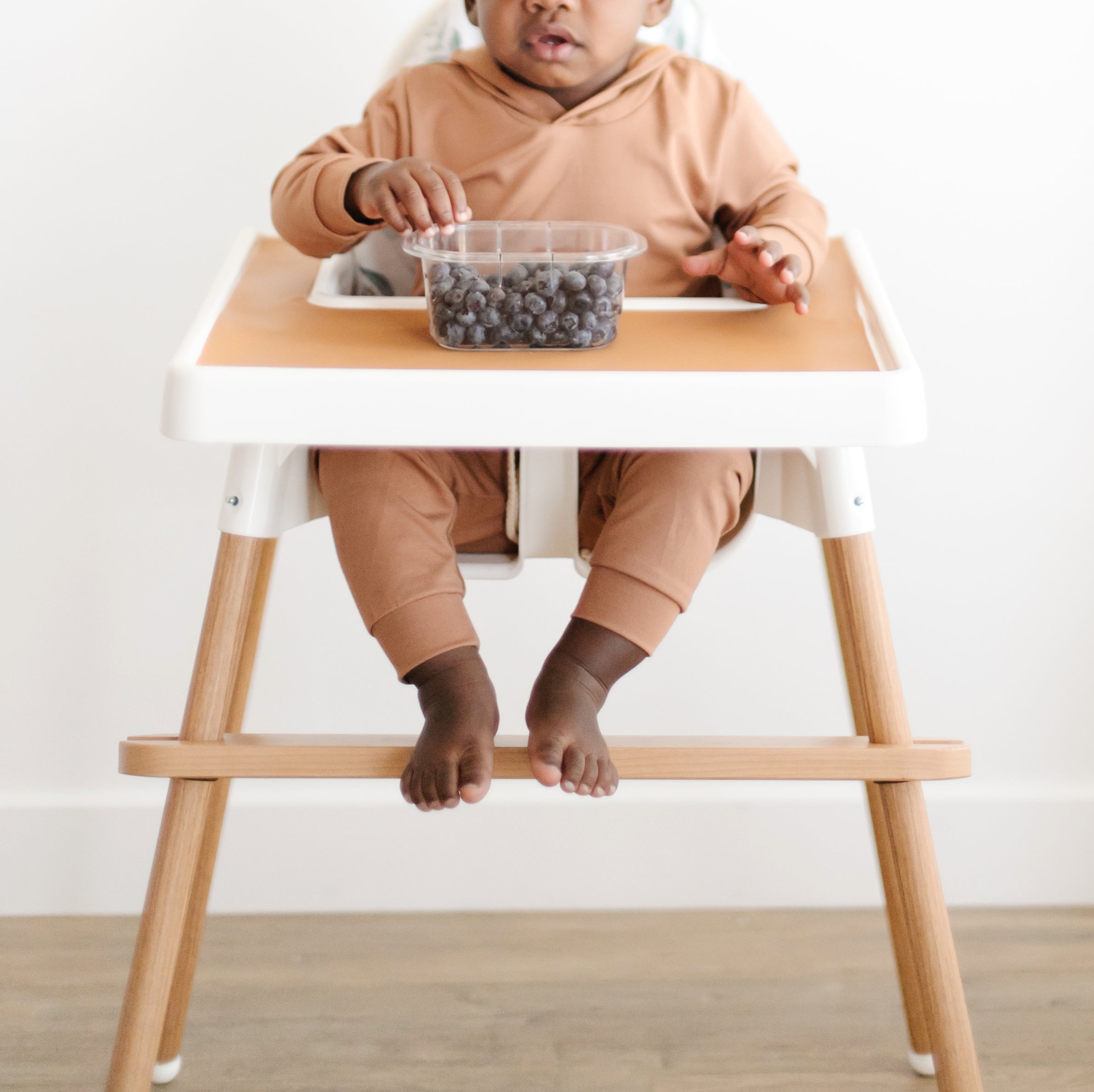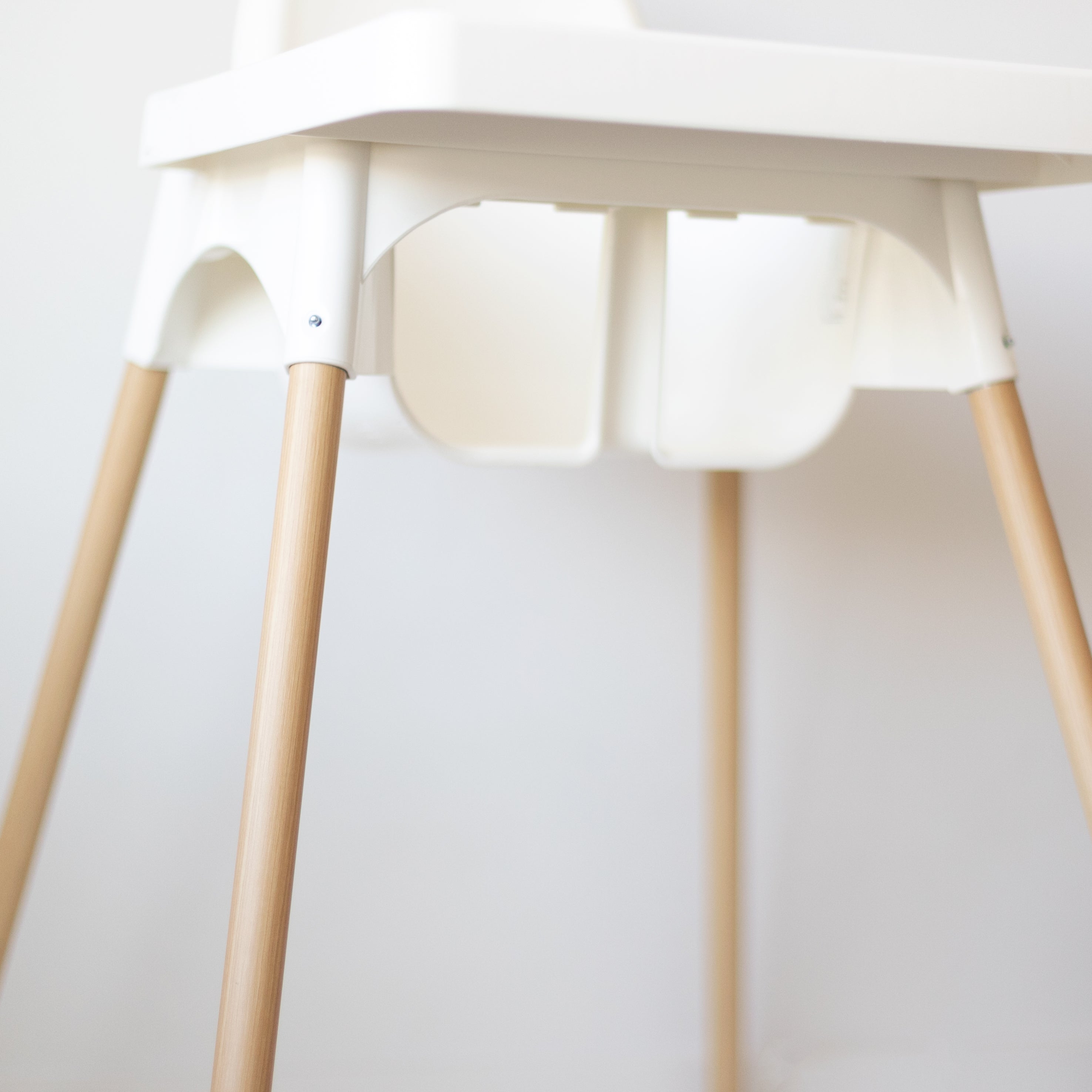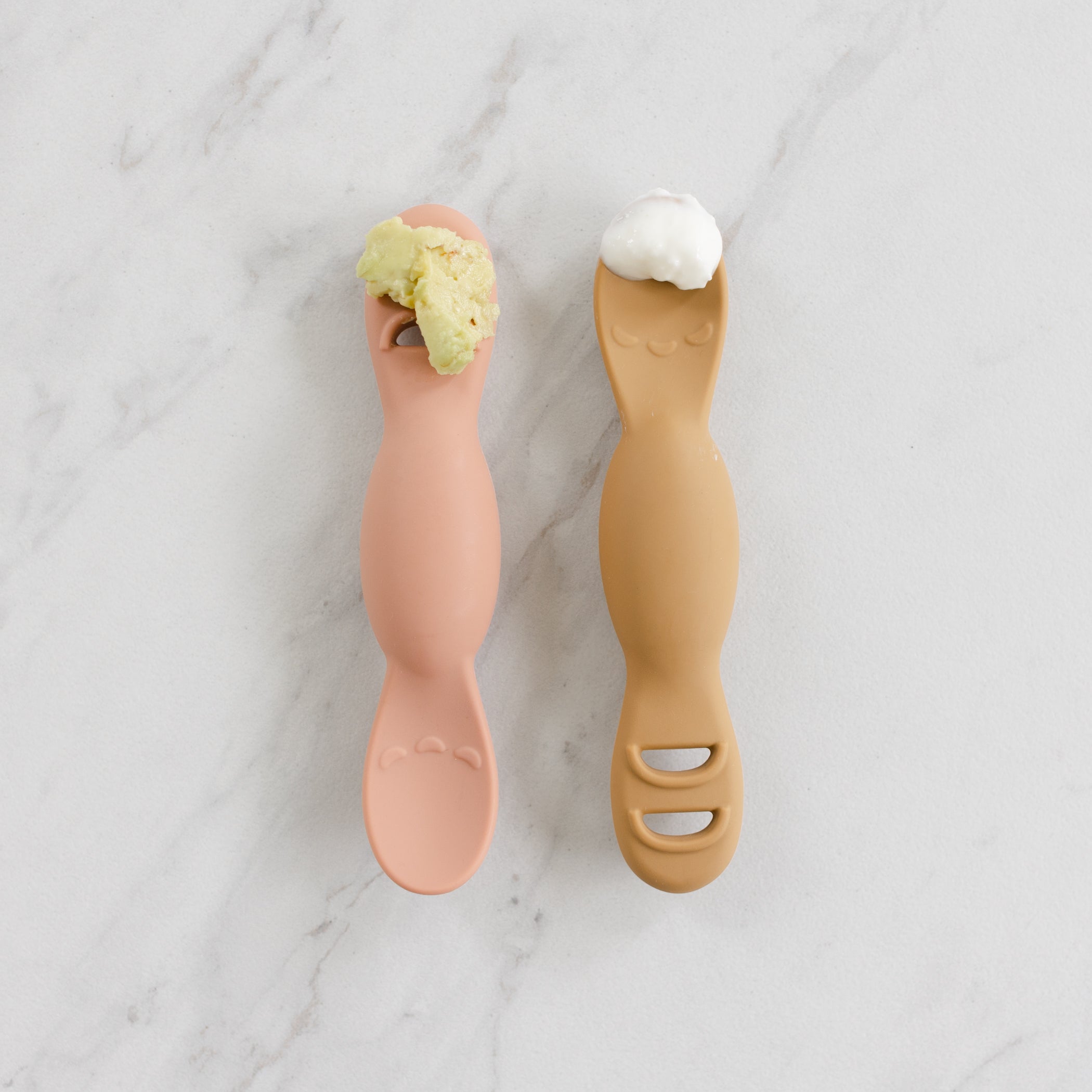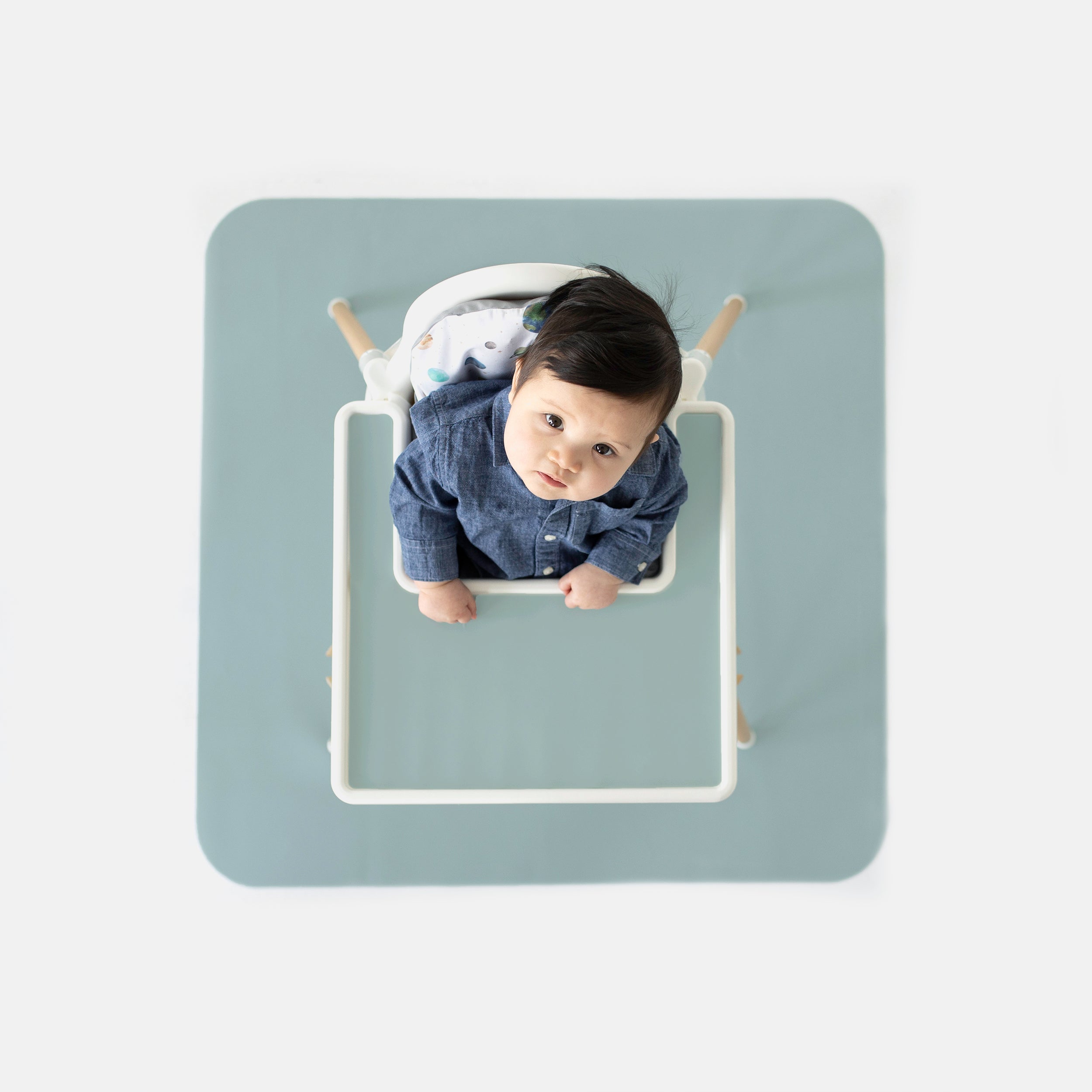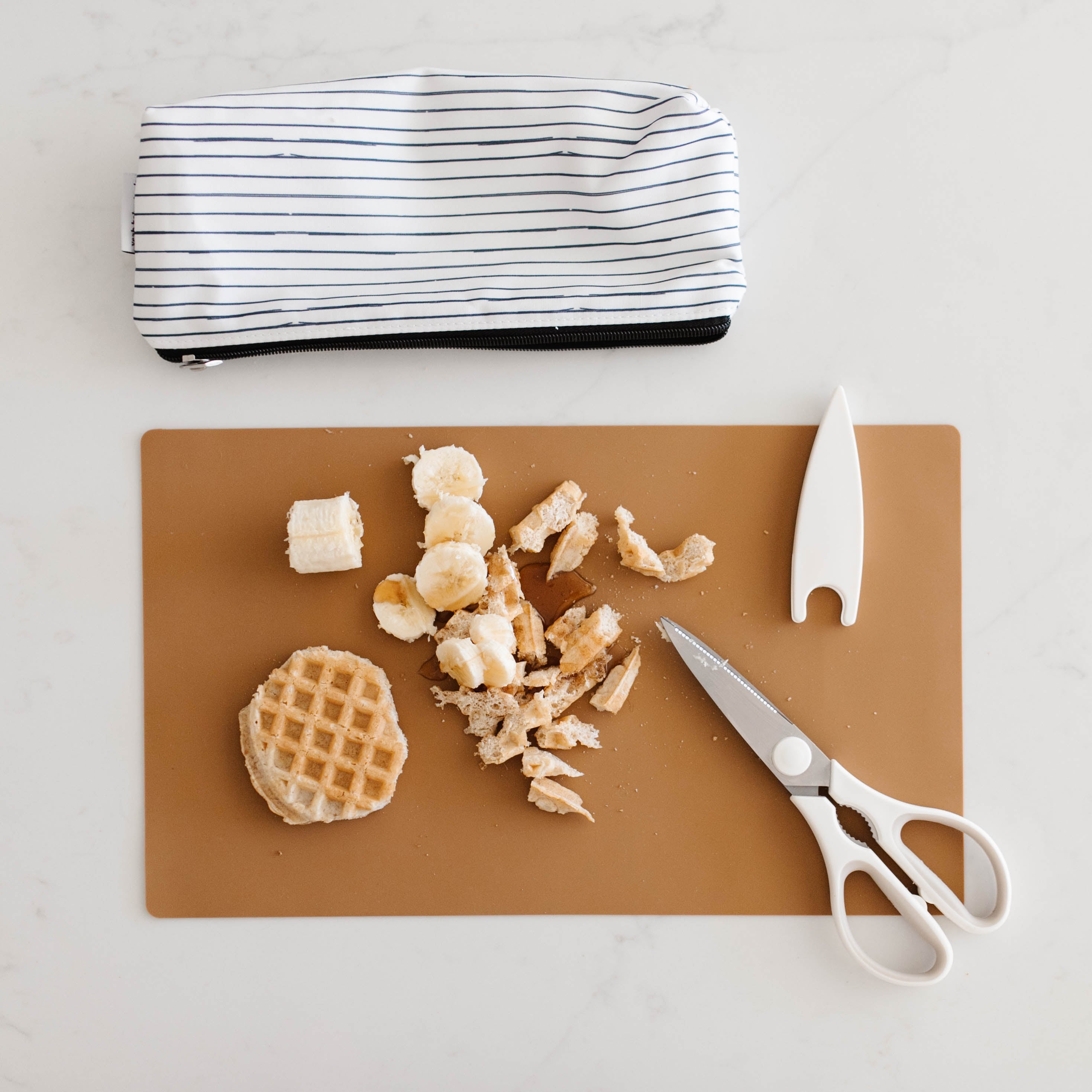Baby Utensils that Support Lip Closure
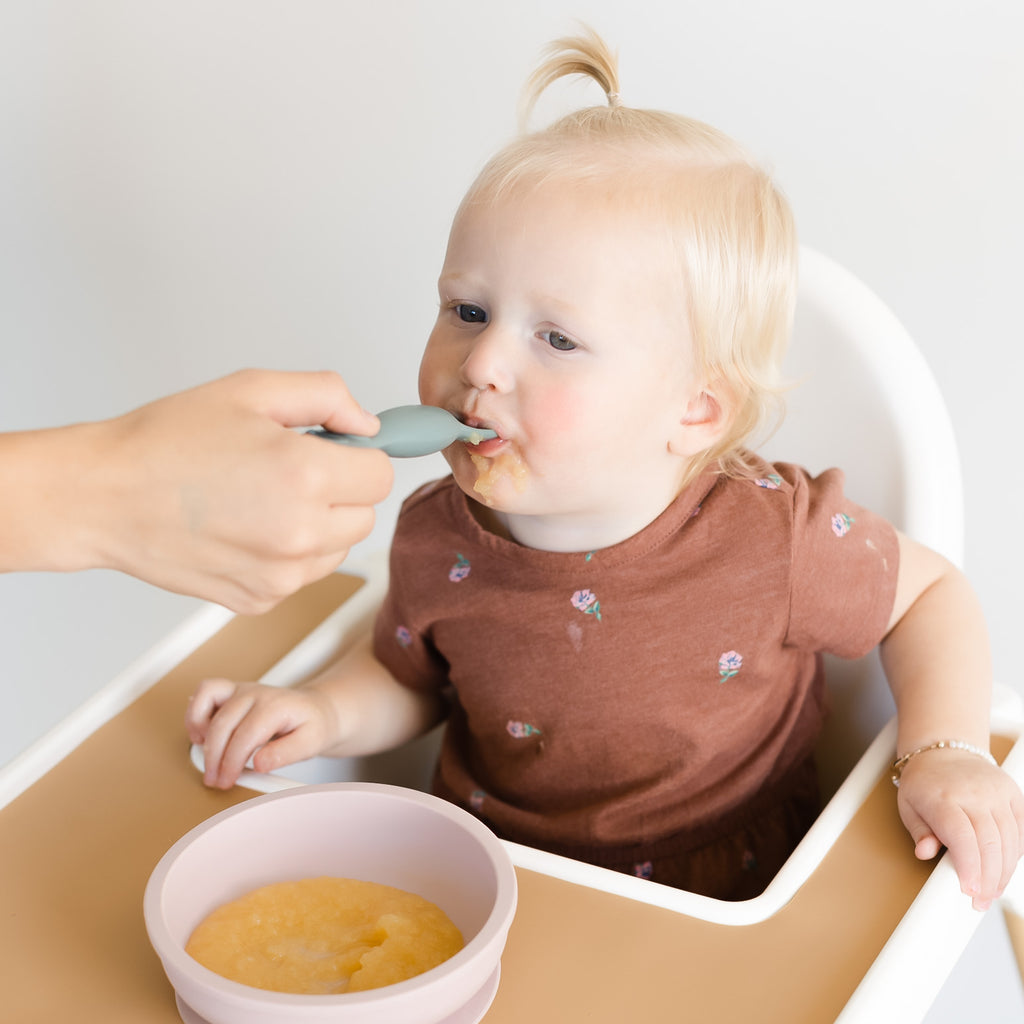
I had four kids and never once heard about lip closure...until I started designing a baby utensil! When we partnered with Speech and Language Pathologist and Feeding Specialist Kayla Richardson to design our All You-Tensil, it was really important that the spoon side supported the development of lip closure. I knew Kayla would be the perfect person to explain this developmental skill.
What is lip closure?
Lip closure is the ability to bring the lips together to form a seal. In feeding, we use lip closure to both clear a spoon and to retain food and liquids in the oral cavity while we are chewing and swallowing. It is an important skill that is needed in the development of a mature swallow pattern. This skill is also necessary to create what we call “labial” sounds such as “m," "b," and "p.”
Why were you so focused on lip closure when designing a utensil?
In my line of work, I see atypical lip closure all of the time, so it was important to me that the size, shape, and texture of the spoon side of our utensil did not hinder the development of lip closure and spoon skills in any way.
What should people look for when choosing a baby utensil that supports lip closure?
The most important things are a small size and shallow bowl. When your baby first begins solids, lip closure to clear a spoon will be something they are working on but haven't quite perfected. It's a lot easier to clear a spoon if the bowl is shallow rather than deep. If the bowl is too deep, I tend to see some babies develop compensations.
What are some of the compensating behaviors you see?
1) Using the gums or teeth to clear the food off the spoon instead of lips.
2) Using a suckle pattern to "sip" or "slurp" the food off the spoon.
3) Parents using a scoop up motion to scrape the food against the upper lip.
It's important for parents to know that what goes into your infant or toddler's mouth CAN have an impact on their oral structure and function. Lip closure comes into play if you decide to do purees, BLW or both, which is why it's so important to be intentional with the feeding tools we choose.








